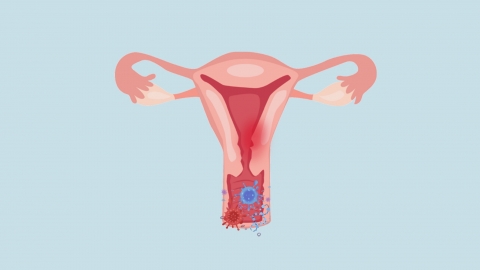What does cervical effacement mean?
In general, cervical effacement refers to the process by which the cervix gradually shortens, softens, and dilates during late pregnancy or before childbirth. Detailed analysis is as follows:

Cervical effacement involves morphological changes of the cervix occurring during specific physiological stages, primarily triggered by fluctuations in hormone levels or uterine contractions. As pregnancy approaches delivery, increased levels of hormones such as prostaglandins and oxytocin promote gradual softening and stretching of cervical fibers, resulting in shortening and eventual disappearance of the cervical canal, thereby preparing for fetal passage through the birth canal. In non-pregnant women, premature cervical effacement may occasionally occur due to cervical insufficiency or inflammatory stimulation, which requires attention regarding potential impacts on reproductive health.
During pregnancy, any sign of cervical effacement should be promptly reported to a healthcare provider, with regular monitoring of cervical length and fetal status as advised. In non-pregnant individuals, if accompanied by abnormal bleeding or abdominal pain, early medical evaluation is recommended to determine the underlying cause. Daily preventive measures include avoiding excessive fatigue, maintaining good external genital hygiene, reducing the risk of cervical infections, and supporting normal cervical physiological function.




